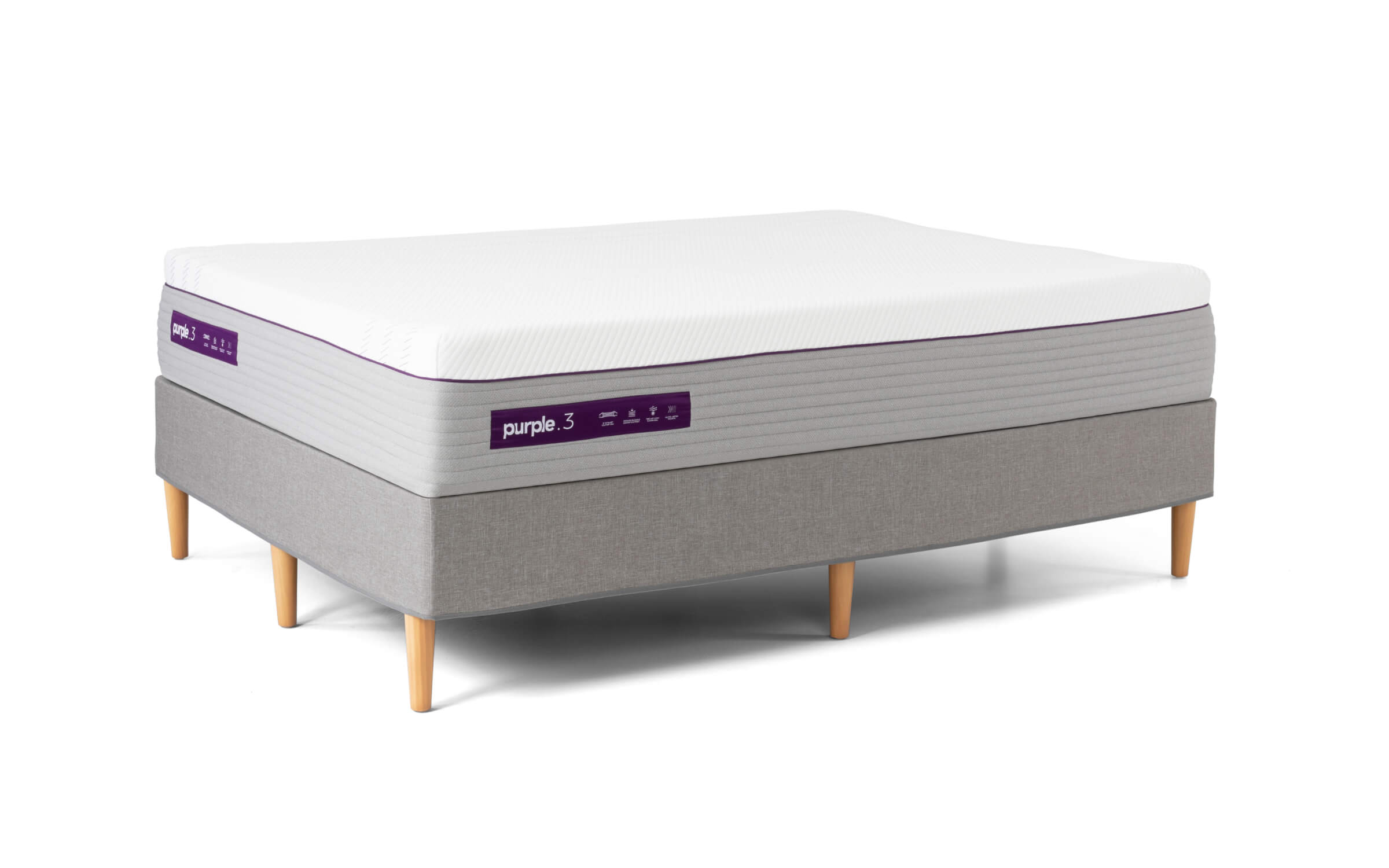Helix Midnight | Medium Feel Mattress with Pressure Relief & Helix Sleep
The Helix Midnight Mattress is designed for side sleepers who prefer a not-too-firm, not-too-soft feel with added pressure relief. Plus balanced support to keep you comfortable. Shop the Helix Midnight Mattress and discover your Sleep DNA for unprecedented comfort.
Medium Feel
Our most popular feel choice – not too firm, not too soft at the top of your mattress. Great for couples with different feel preferences.
Pressure Point Relief
Because of your sleeping position and body type, the mattress uses layers designed to cushion the pressure points of your shoulders and hips. Less pain, more comfort.
Side Sleeper Support
Best for side sleepers or those who toss and turn at night. The middle layers of the mattress are designed to support your body contours.
Breathable Cover
The mattress cover is designed to be breathable, with high levels of airflow to keep you and the mattress cool. No more sweaty nights.






by Brent
I have lived with lower back pain and arthritis for 40 years, I have also had a hip replacement and the other one also needs replaced. I have slept on my Helix for a week now and sleep better than I have in years and wake up with no hip or back pain at all. My morning stiffness is going and I feel great. If you have back pain, hip pain etc. this iRead more about review stating Best mattress I have ever owneds the mattress for you!
by Claire
I’m a side sleeper and wanted to go back to something more supportive after using only foam. The Helix Hybrid was perfect. I’ve been using it for 3 months now and I am very happy!
by Jacob
Mattress is great quality overall. Found the mattress to be very comfortable but would have liked more edge support.
by Colin
The GF and I both love our new Helix.
by Lorrie
My husband and I have been looking for a new bed for several months, and the reviews were very good on the Helix. We took a chance on it, and LOVE our new bed. We both have back problems, but after 2 nights of sleeping on the Helix Midnight Luxe, we are both sleeping better than we have in years. Thanks for the great product Helix!